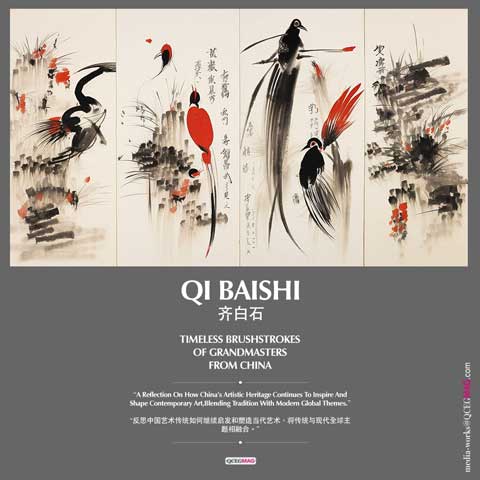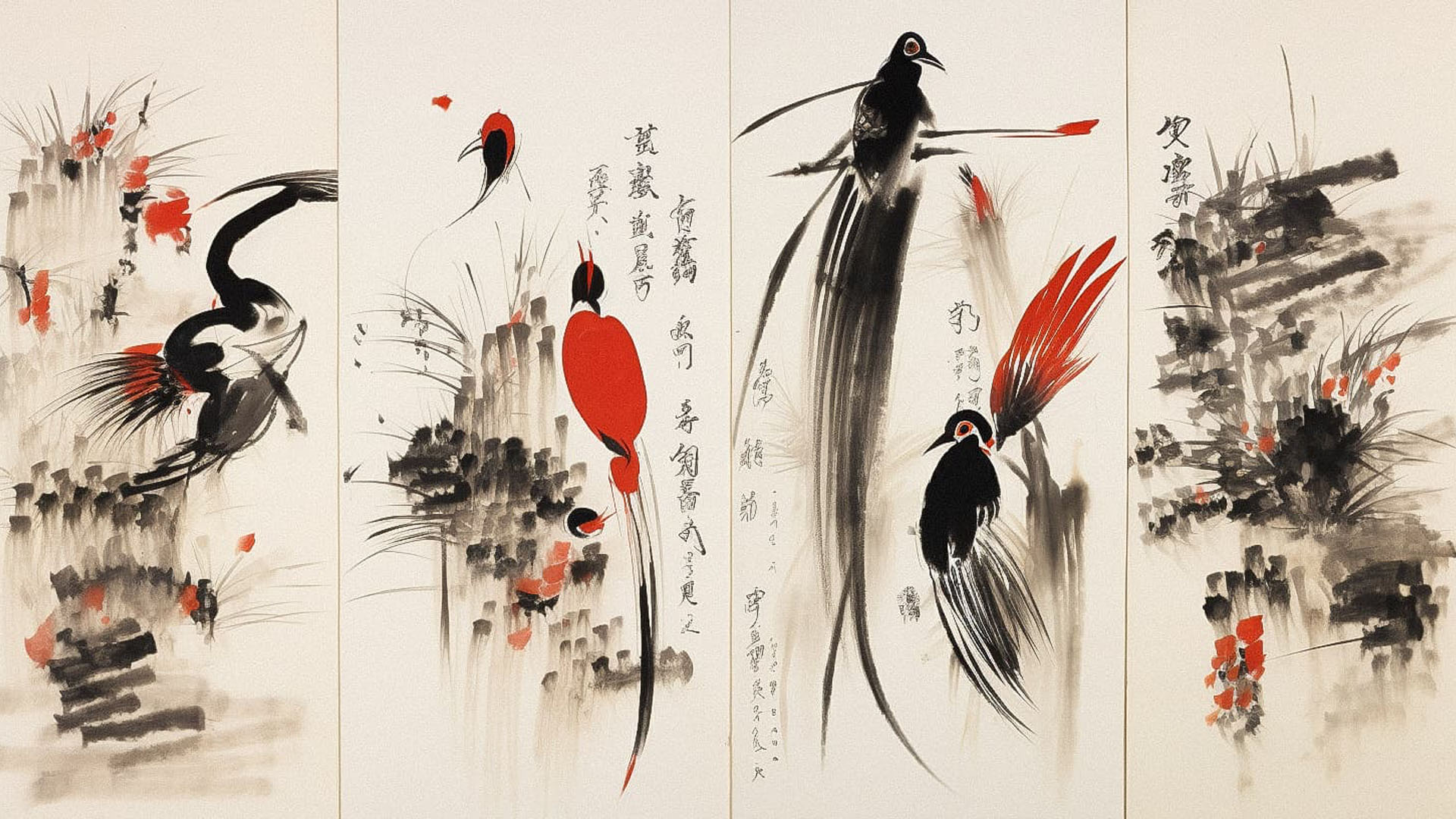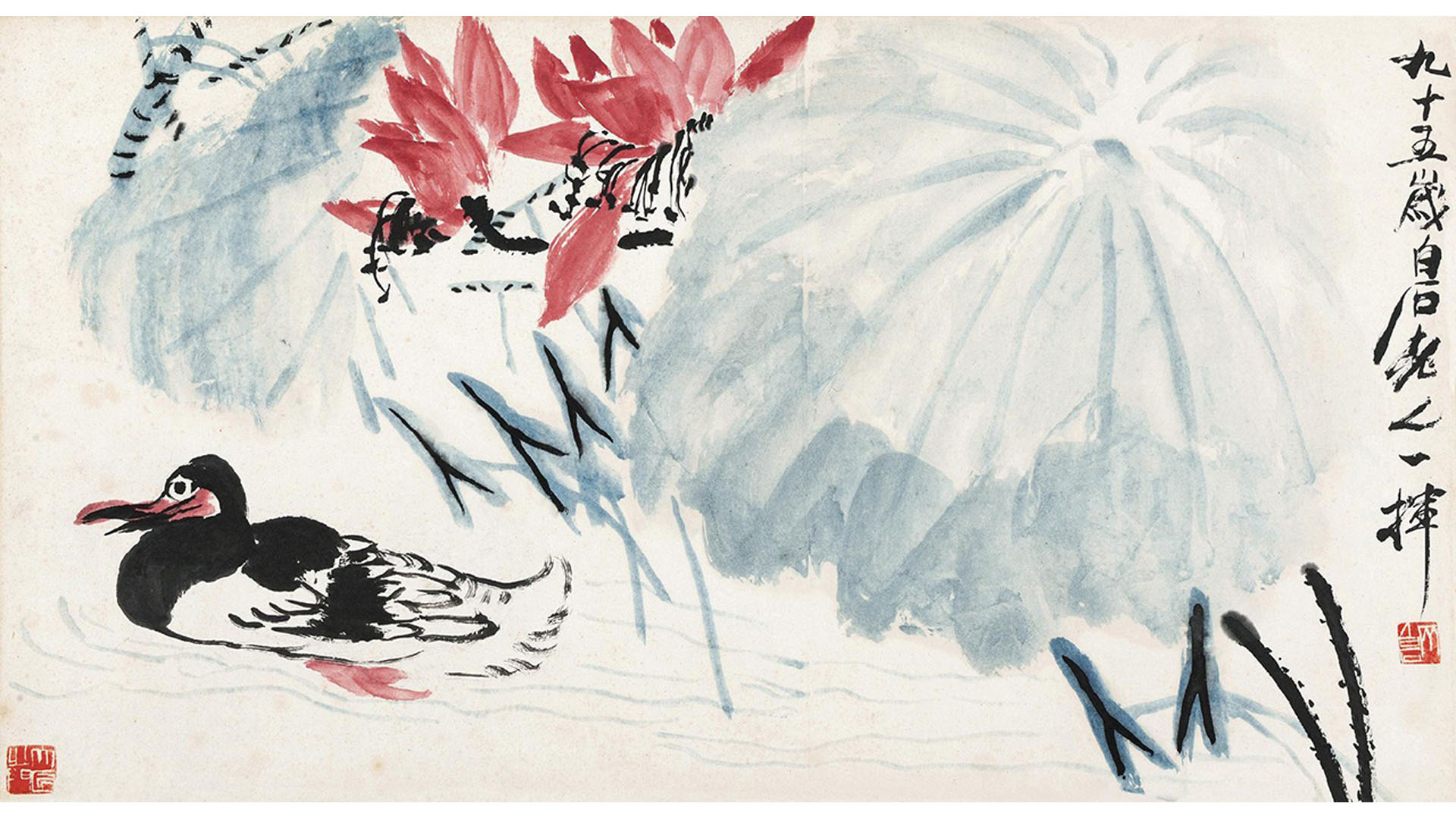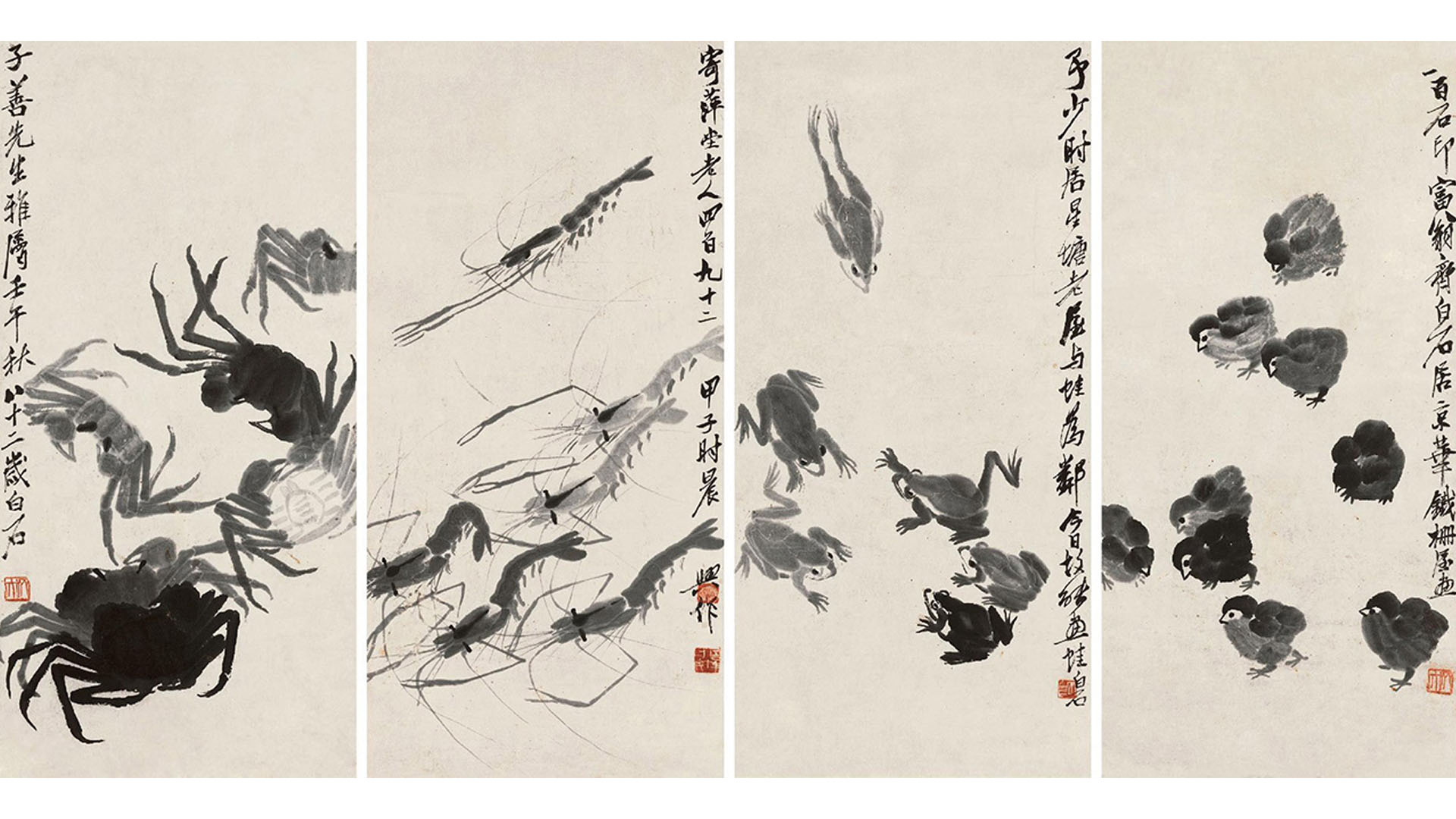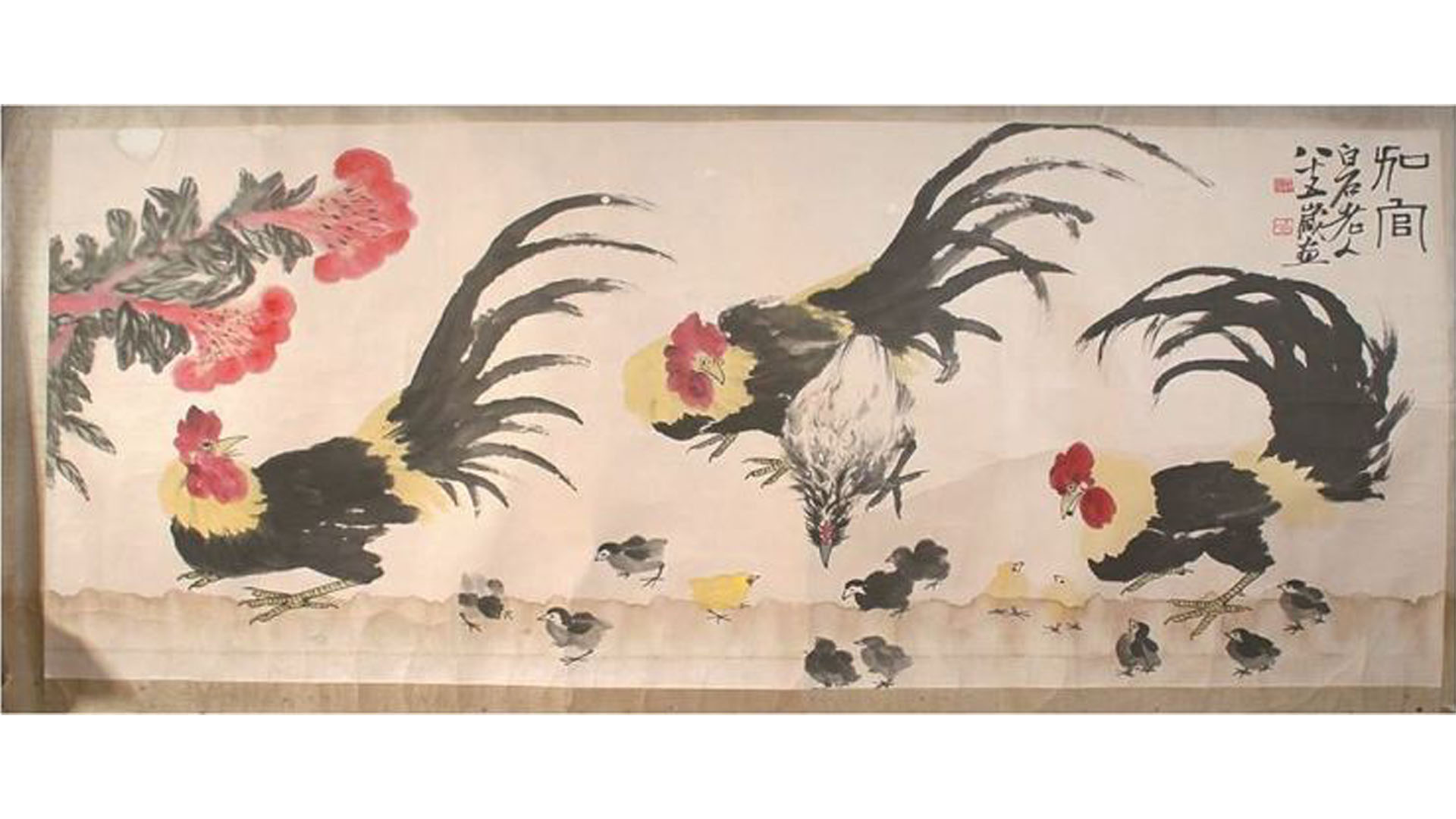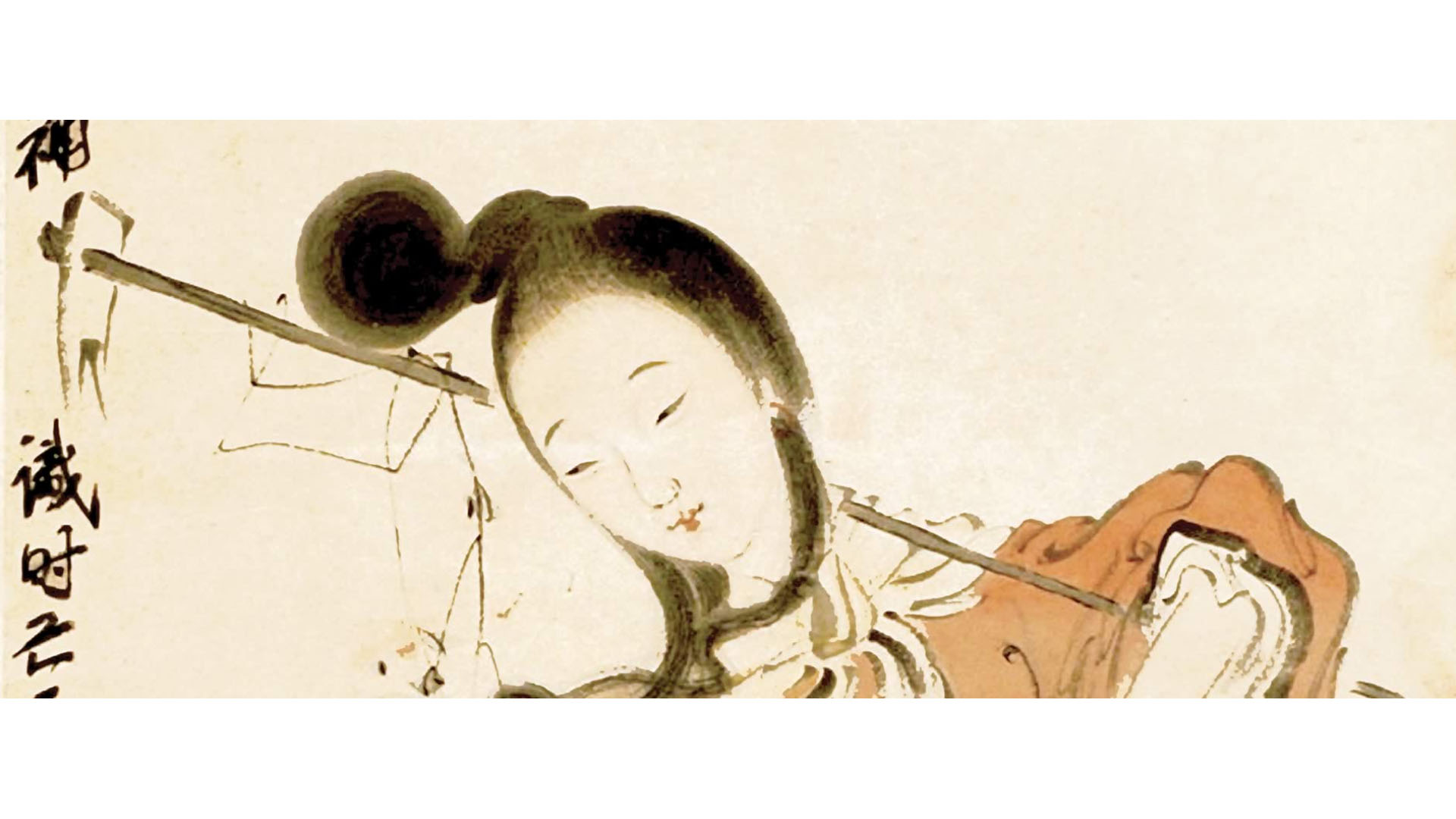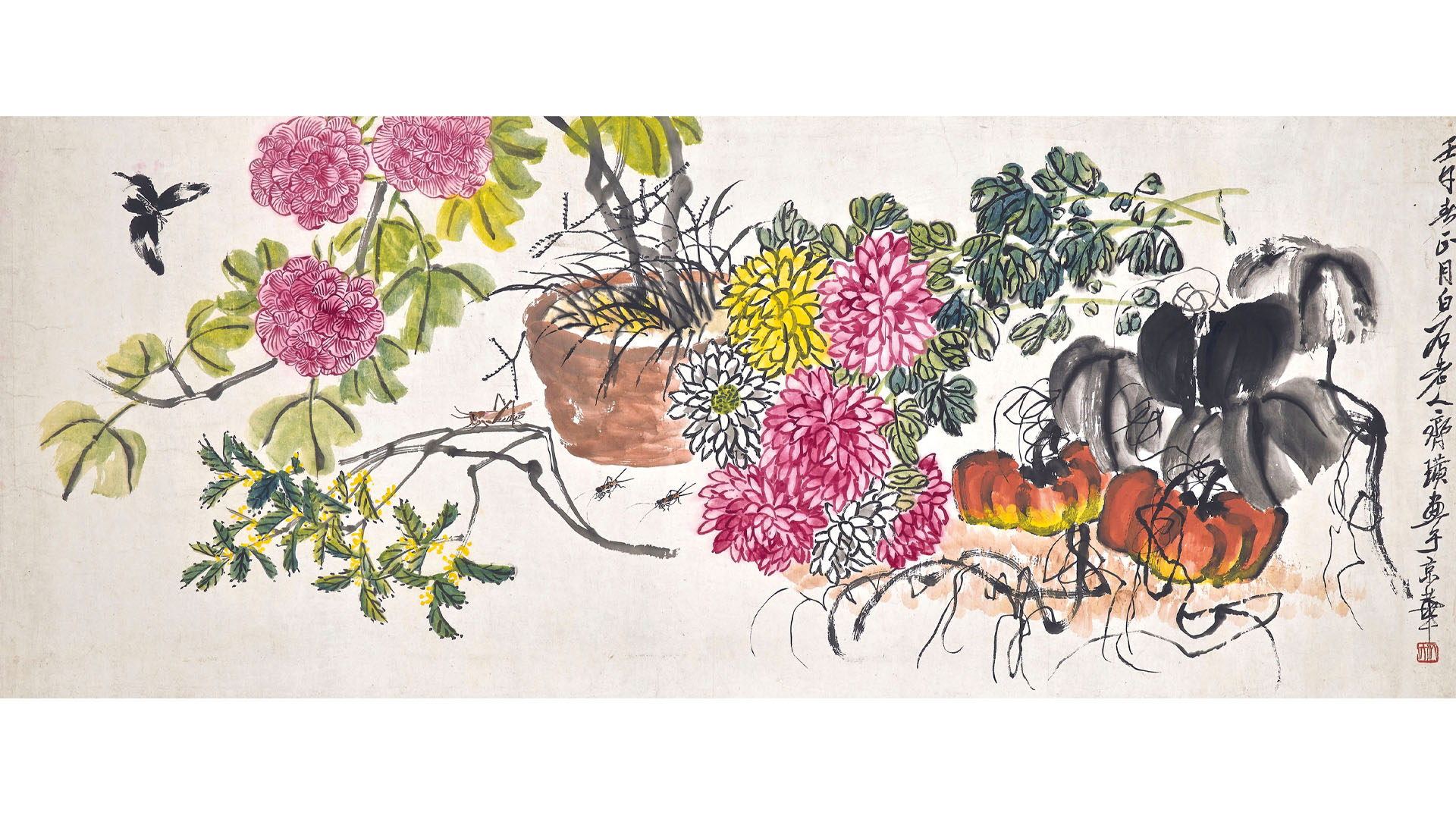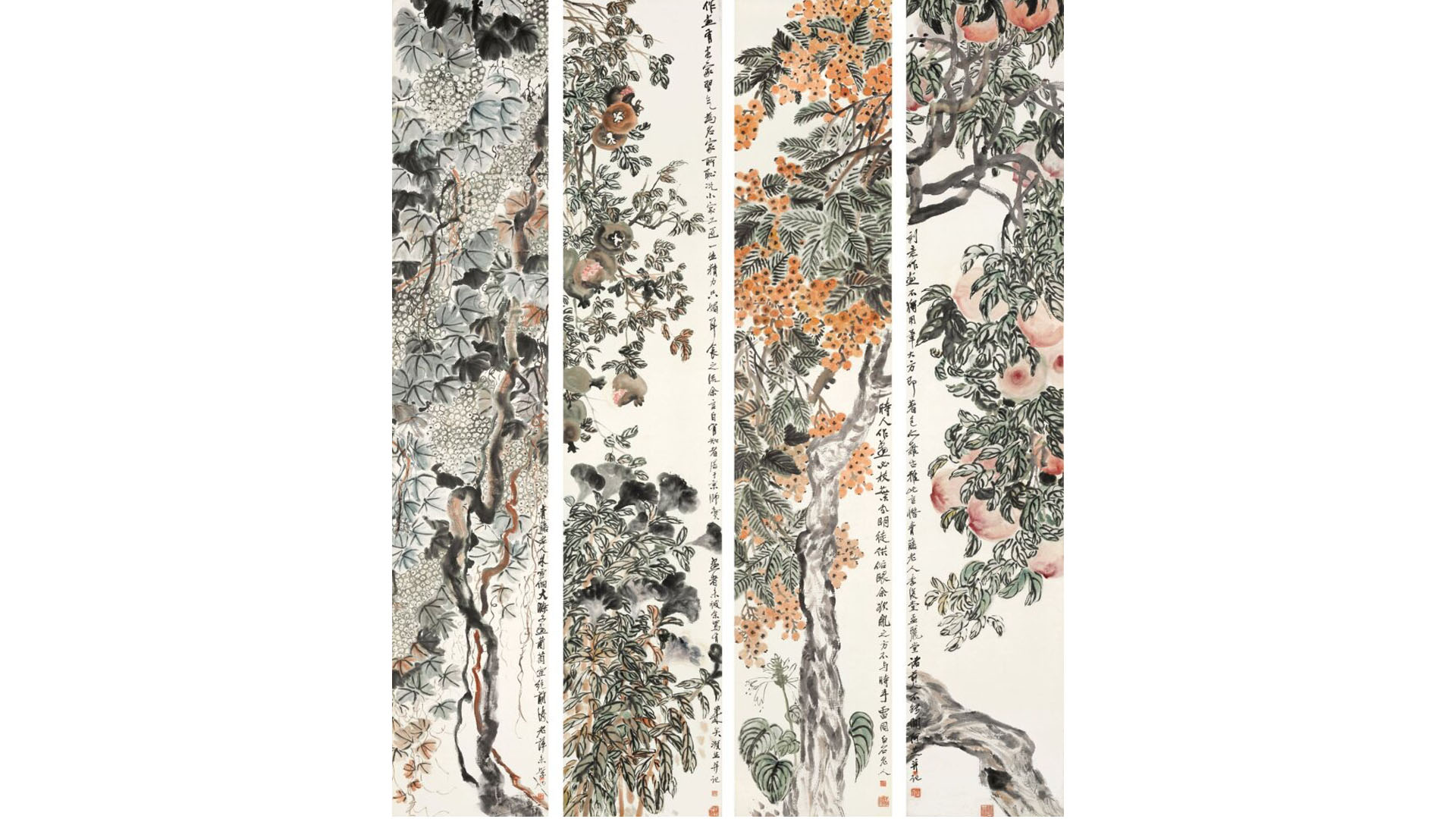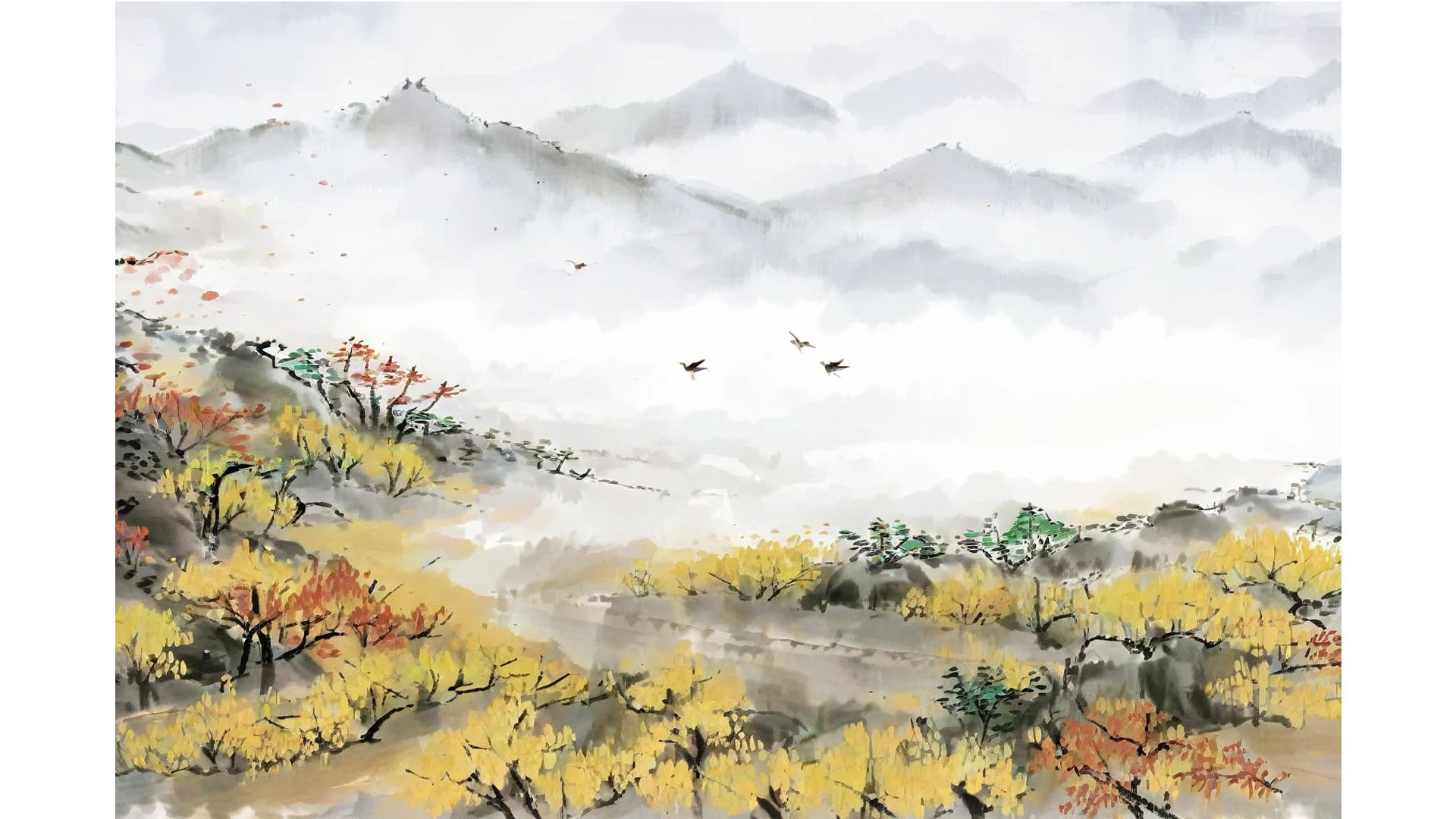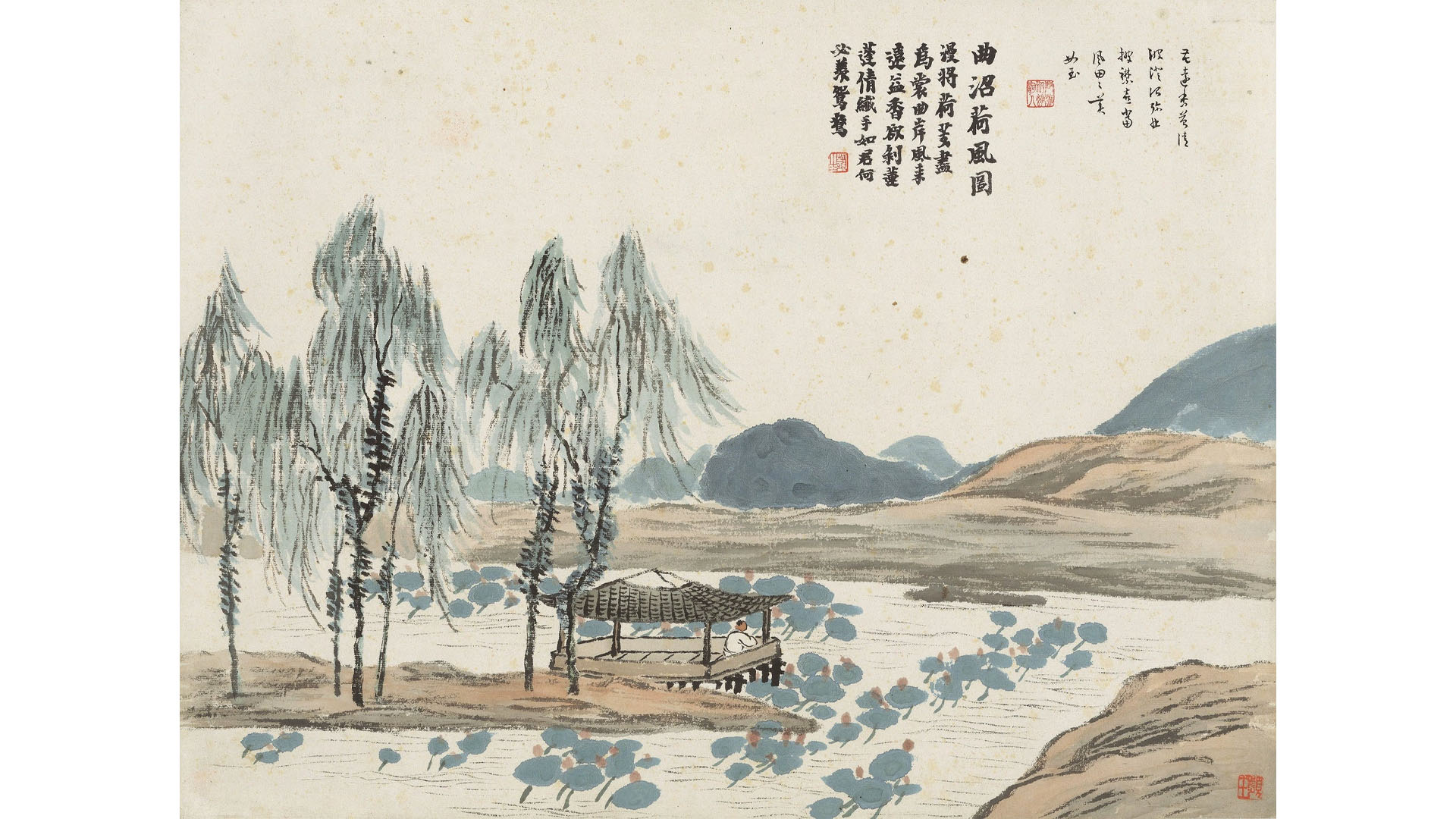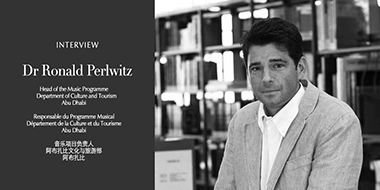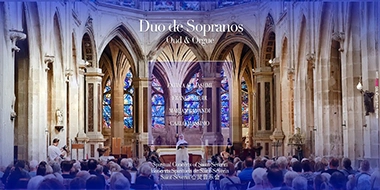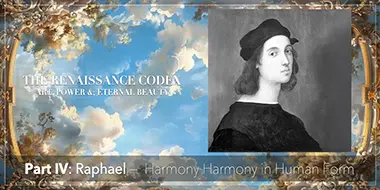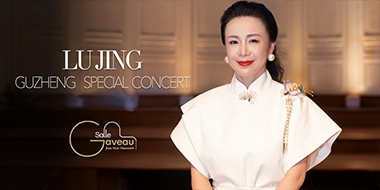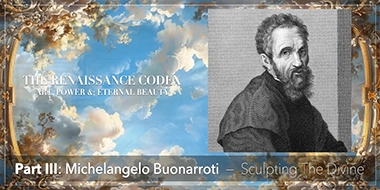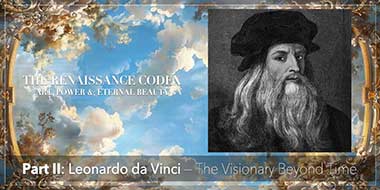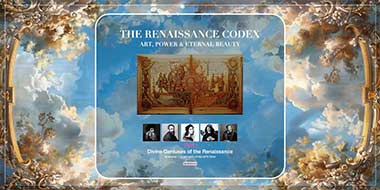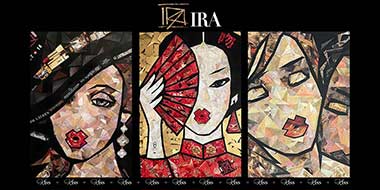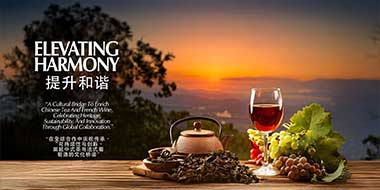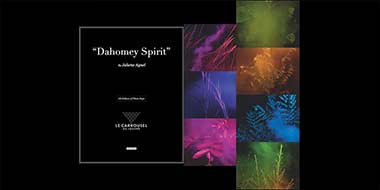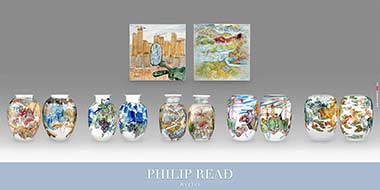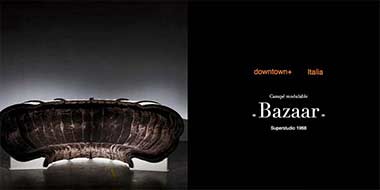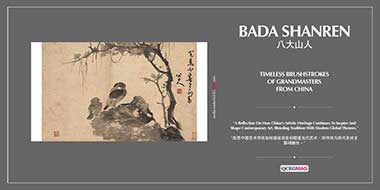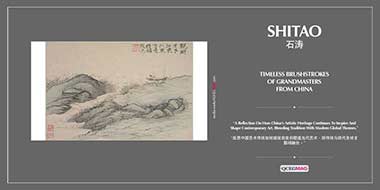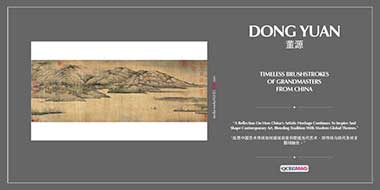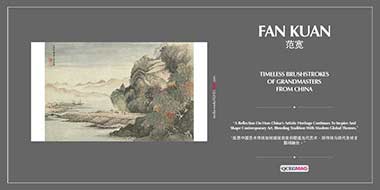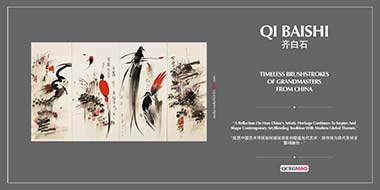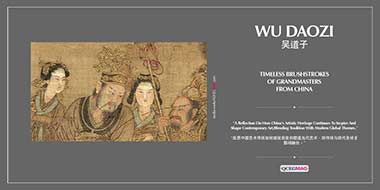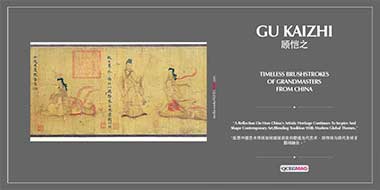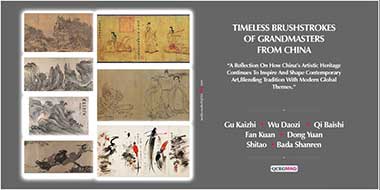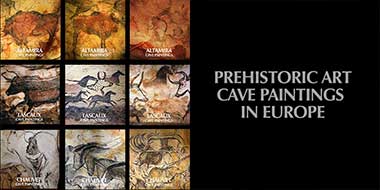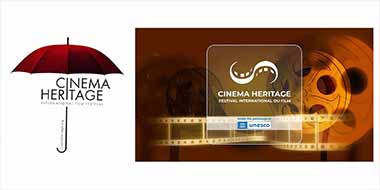QI BASHI
“Qi Baishi Was A Celebrated Chinese Painter Known For His Vibrant,
Expressive Depictions Of Nature, Blending Traditional Techniques With Modern Innovation.”
BY MEEKAR - 20 AUGUST 2024
Qi Baishi, who was born on January 1, 1864, in Xiangtan, Hunan Province, China, was one of the most celebrated Chinese painters of the 20th century. His birth name was Chun Zhi, later changed to Ming Huang, but he later adopted the name Baishi, meaning “white stone,” as an artist’s pseudonym.
Qi’s humble origins played a significant role in shaping his artistic perspective. He was born into a poor peasant family and began working as a carpenter at a young age. His early exposure to woodworking and carpentry honed his skills in crafting and attention to detail, which would later influence his painting technique.
Despite his modest beginnings, Qi Baishi developed a strong interest in art. He started learning to paint and write poetry in his late teens, inspired by a manual of painting techniques he discovered while working as a carpenter. This self-taught foundation was supplemented by formal training when he was in his twenties. Qi studied under several local artists, where he learned traditional Chinese painting techniques, calligraphy, and seal carving. His early works were heavily influenced by the classical styles of Chinese painting, particularly the meticulous and realistic Gongbi style.
— MeeKar
QI BAISHI
“Qi Baishi Was A Celebrated Chinese Painter Known For His Vibrant, Expressive Depictions Of Nature, Blending Traditional Techniques With Modern Innovation.”
Artistic Development And Style
In his 40s, Qi Baishi's art took a significant turn when he extensively traveled across China. His TRAVELS exposed him to various regional art forms and natural landscapes, greatly influencing his work. He developed a more personal style characterised by bold use of color, simplicity, and expressive brushwork. Qi became known for his depictions of everyday subjects such as flowers, birds, insects, and fish, rendered with a unique blend of realism and abstraction.
One of the defining aspects of Qi Baishi’s style was his ability to capture the essence of his subjects with minimal brushstrokes. His paintings often featured simple yet powerful compositions that conveyed a sense of vitality and spontaneity. He believed that painting should be “like a poem or a song,” expressing deep emotion and life through seemingly ordinary subjects. This approach set his work apart from the more formal and academic styles of his contemporaries in the world of Chinese art.
Innovation And Influence
Qi Baishi is often credited with revitalising traditional Chinese painting by infusing it with a modern sensibility. He challenged the conventions of the literati painting tradition, which emphasised scholarly themes and complex compositions. Instead, Qi focused on the beauty of the natural world and the simplicity of life, making his work accessible to a broader audience.
In addition to his painting, Qi Baishi was also a master of calligraphy and seal carving. His calligraphy, like his paintings, was characterised by its bold and expressive style. He often combined his calligraphy with his paintings, creating works that were both visually striking and rich in meaning. His seal carvings were equally renowned, showcasing his skill in manipulating form and structure to create intricate and harmonious designs.
Qi Baishi’s innovative approach to art earned him widespread recognition, both in China and internationally. He became a leading figure in the Chinese art community, and his work was exhibited in major art galleries and museums around the world. In 1953, he was awarded the prestigious International Peace Prize by the World Peace Council, further cementing his status as one of China’s greatest artists.
Later Years And Legacy
In his later years, Qi Baishi continued to produce a prolific amount of work, even as his health began to decline. He remained active in the Chinese art scene, mentoring younger artists and contributing to the preservation of traditional Chinese art forms. Qi’s influence extended beyond painting; he played a significant role in the development of modern Chinese art, bridging the gap between traditional and contemporary practices.
Qi Baishi passed away on September 16, 1957, in Beijing, at the age of 93. His legacy, however, lives on through his art, which continues to be celebrated for its originality and emotional depth. Qi’s work is preserved in major collections around the world, including the National Art Museum of China, the Metropolitan Museum of Art in New York, and the British Museum in London.
Today, Qi Baishi is remembered not only as a master painter but also as a cultural icon who transformed Chinese art. His ability to capture the beauty of the natural world with simplicity and grace has inspired generations of artists and continues to resonate with audiences worldwide. Qi Baishi’s work serves as a testament to the enduring power of art to connect us with the world around us and with our own humanity.uring power of art to connect us with the world around us and with our own humanity.






